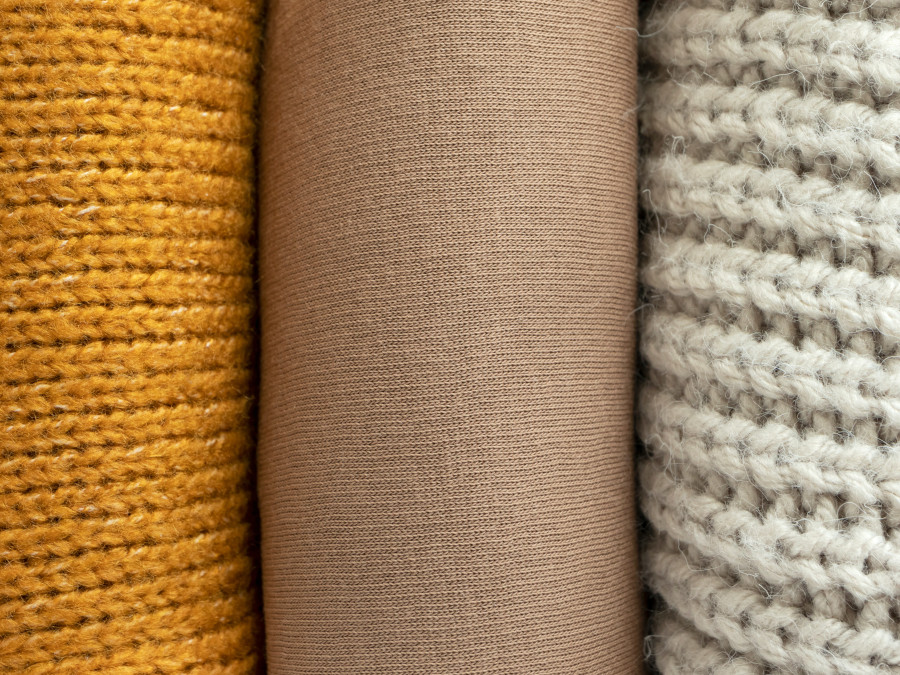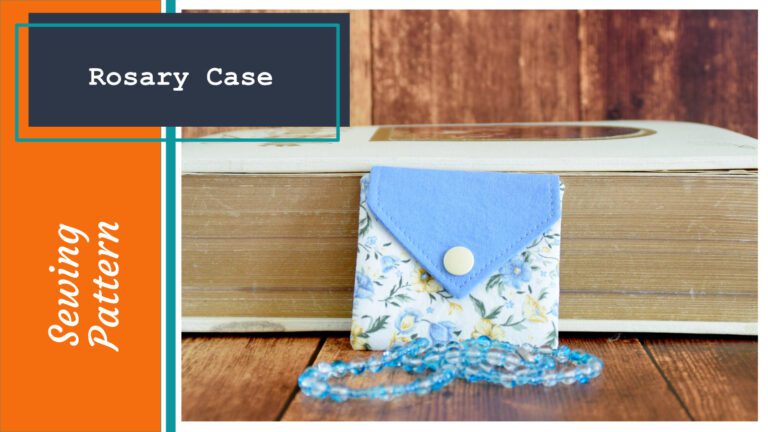Fabrics 101: Understanding Fabric Construction
Hello, Snazzie People!
Understanding the fabric construction and the distinctions between woven and knit fabrics in garment making is important. Woven fabrics provide stability and shape, crucial for garments requiring durability and form. While knit fabrics offer flexibility and stretch, making them ideal for garments that demand movement and a snug fit. These characteristics influence everything from pattern selection to construction techniques. Understanding these characteristics enables sewists to match fabrics with patterns designed for optimal performance, ensuring the final creation aligns with both style and functionality.
Woven Fabric

Woven fabric is constructed by weaving two sets of yarns together. These yarns are called the warp and the weft.
The warp yarns run lengthwise while the weft runs crosswise. The warp yarns are stretched on a loom and weft yarns are inserted through the warp yarns.
The interlacing pattern creates the weave structure, and different weave patterns result in various fabric textures and appearances. For instance, a plain weave is simply produced when each weft yarn passes over and under each warp yarn. A twill weave is more complex, by passing the weft yarn over multiple warp yarns a diagonal pattern is created. A satin weave, on the other hand, features long floats of weft yarn on the fabric surface, producing a smooth finish.
Because the weft is continuous, it naturally creates a finished edge on the sides of the fabric. This is called the salvage. The salvage is more tightly woven than the rest of the fabric, making it stronger and this strength is often taken advantage of and used in garment construction.
Woven fabrics tend to be more stable and less stretchy compared to knitted fabrics. They often have a crisp hand feel and hold their shape well. This makes woven fabrics perfect for many applications, including apparel like shirts, pants, and dresses and home textiles like sheets and curtains. Woven fabrics are also used in industrial products like canvas and upholstery.
Understanding the basics of woven fabric construction helps in choosing the right fabric for specific projects and applications. Different weave patterns, yarn types, and finishing processes contribute to the diverse range of woven fabrics available for your sewing projects.
Knit Fabric

Knit fabric is constructed with one continuous thread and interlocking loops. This process allows knit fabrics to be more flexible and stretchy compared to woven fabrics. Because of this looping process, the selvage edges of knit fabric will naturally curl.
One of the defining features of knit fabrics is their ability to stretch in all directions. Due to their stretch and softness, knit fabrics are often chosen for garments that need to drape well, be flexible, and provide a comfortable fit.
Knit fabrics come in various types, ranging from lightweight jersey knit to heavier double knits. Each type has different characteristics, making knit fabrics versatile for different applications. Depending on the type of knit and the fibers used, knit fabrics can be breathable, making them suitable for a range of climates.
Knit fabrics are commonly used for T-shirts, sweaters, activewear, and undergarments. They are also popular for making accessories like scarves and hats.
Understanding the basic characteristics of knit fabrics is crucial when working on sewing projects, as it influences how the fabric behaves and drapes.
Other Fabrics
While knit and woven are the most common types of fabric for garment constriction and home decor there are a few others.
Hide

Animal hides undergo a process of tanning or treatments to make them suitable for various applications such as jackets, pants, upholstery, and rugs. Some of the most common animal hide fabrics are leather, suede, and fur.
Rubberized

“Rubberized” fabrics can include rubber, PVC, latex, and vinyl. These fabrics are usually created by coating cotton with a rubber-like substance. This process is commonly known as calendaring.
Conclusion
Understanding the differences between woven and knit fabrics is crucial for choosing the right materials for sewing projects. Whether it’s the tailored stability of woven fabrics or the stretchy versatility of knits, each fabric type brings its unique character to the sewing world. Understanding fabric fundamentals will help you embark on your sewing journey with confidence.







